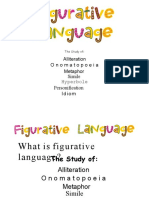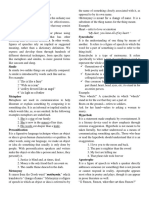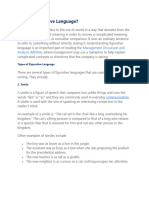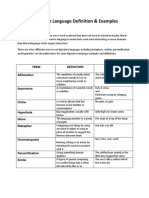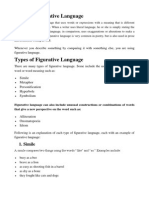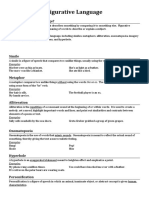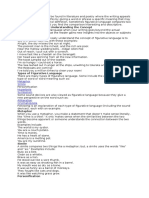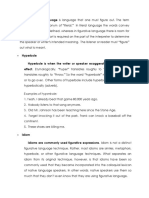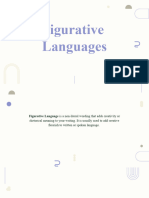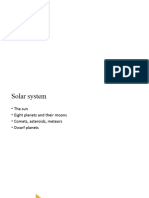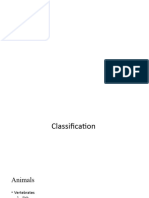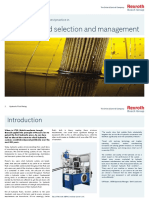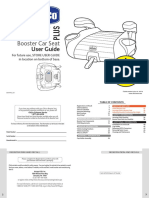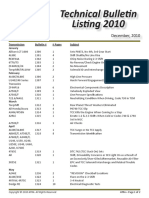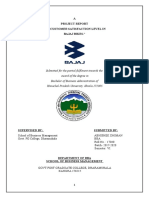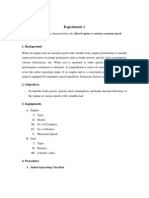Figurative Language
What is figurative language?
Figurative language refers to the use of words in a way that deviates from the
conventional order and meaning in order to convey a complicated meaning,
colorful writing, clarity, or evocative comparison. It uses an ordinary sentence
to refer to something without directly stating it.
Types of figurative language
1. Simile
2. Metaphor
3. Hyperbole
4. Personification
5. Synecdoche
6. Onomatopoeia
7. Idiom
8. Alliteration
Simile
A simile is a figure of speech that compares two unlike things and uses the words
“like” or “as” and they are commonly used in everyday communication.
Eg. The cat sat in the chair like a king overlooking his kingdom.
The boy was as brave as a lion in the jungle.
The new teacher is as tall as a giraffe.
1|Page
�Metaphor
A metaphor is a statement that compares two things that are not alike. Unlike
similes, metaphors do not use the words “like” or “as.” Such statements only
make sense when the reader understands the connection between the two
things being compared.
Eg. Time is money.
The warrior has a heart of stone.
Baby, you are my sunshine.
Hyperbole
Hyperbole is an exaggeration that is created to emphasize a point or bring out a
sense of humor. It is often used in everyday conversations without the speaker
noticing it. The exaggeration is so outrageous that no one would believe that it is
true.
Eg. I would die for you.
I have told you a million times to wash the dishes.
You are so slender that the wind can carry you away.
Personification
Personification is the attribution of human characteristics to non-living objects.
Eg. The sun greeted me when I woke up in the morning.
The car brakes screamed all through the journey.
The radio stared at me.
2|Page
�Synecdoche
Synecdoche is a type of figurative language that uses one part to refer to the
whole, or the whole to refer to the part.
Eg. A set of wheels can be used to refer to a vehicle.
A suit to refer to a businessman.
Head can refer to counting cattle or people.
Hired hands can be used to refer to workers.
Onomatopoeia
Onomatopoeia is a language that names something or an action by imitating the
sound associated with it. They add some reality to the writing.
Eg. The fireplace heater hissed and cracked.
The truck engine roared as it climbed the hill.
The alarm clock buzzed at the time I was going to the bathroom.
Idiom
An idiom is a widely used saying or expression that contains a figurative meaning
that is different from the phrase’s literal meaning.
Eg. Under the weather = Sick or ill.
Once in a blue moon = Very rarely
Every cloud has a silver lining. = Good things come as a result of bad things.
3|Page
�Alliteration
Alliteration is the conspicuous repetition of identical initial consonant sounds in
successive or closely associated syllables within a group of words, often used as
a literary device.
Eg. Peter Piper picked a peck of pickled peppers.
Sally sells seashells by the sea shore.
How much wood could a woodchuck chuck if a woodchuck could chuck wood?
Krispy Kreme.
Mickey Mouse.
Peppa Pig.
Peter Parker.
Coca-Cola.
Donald Duck.
4|Page









